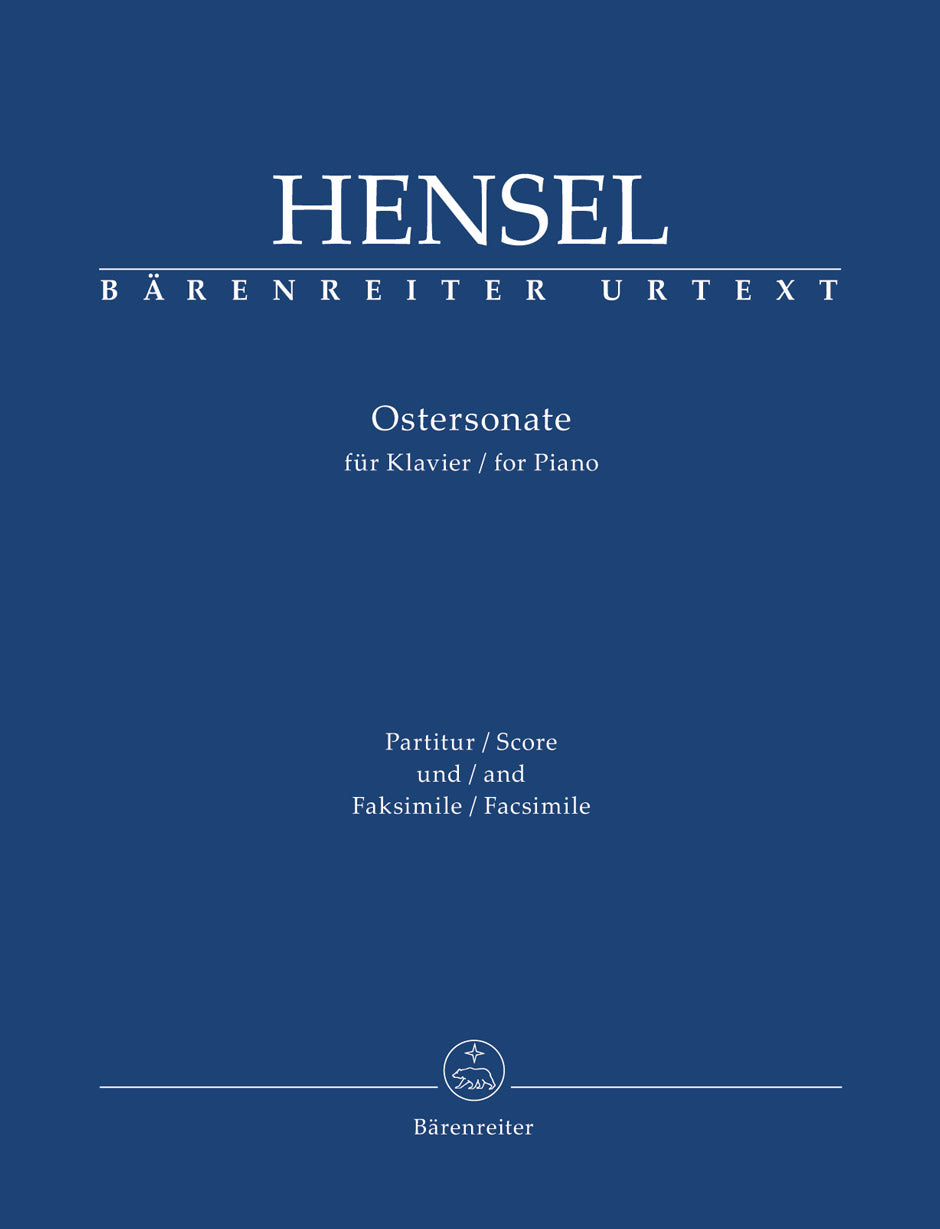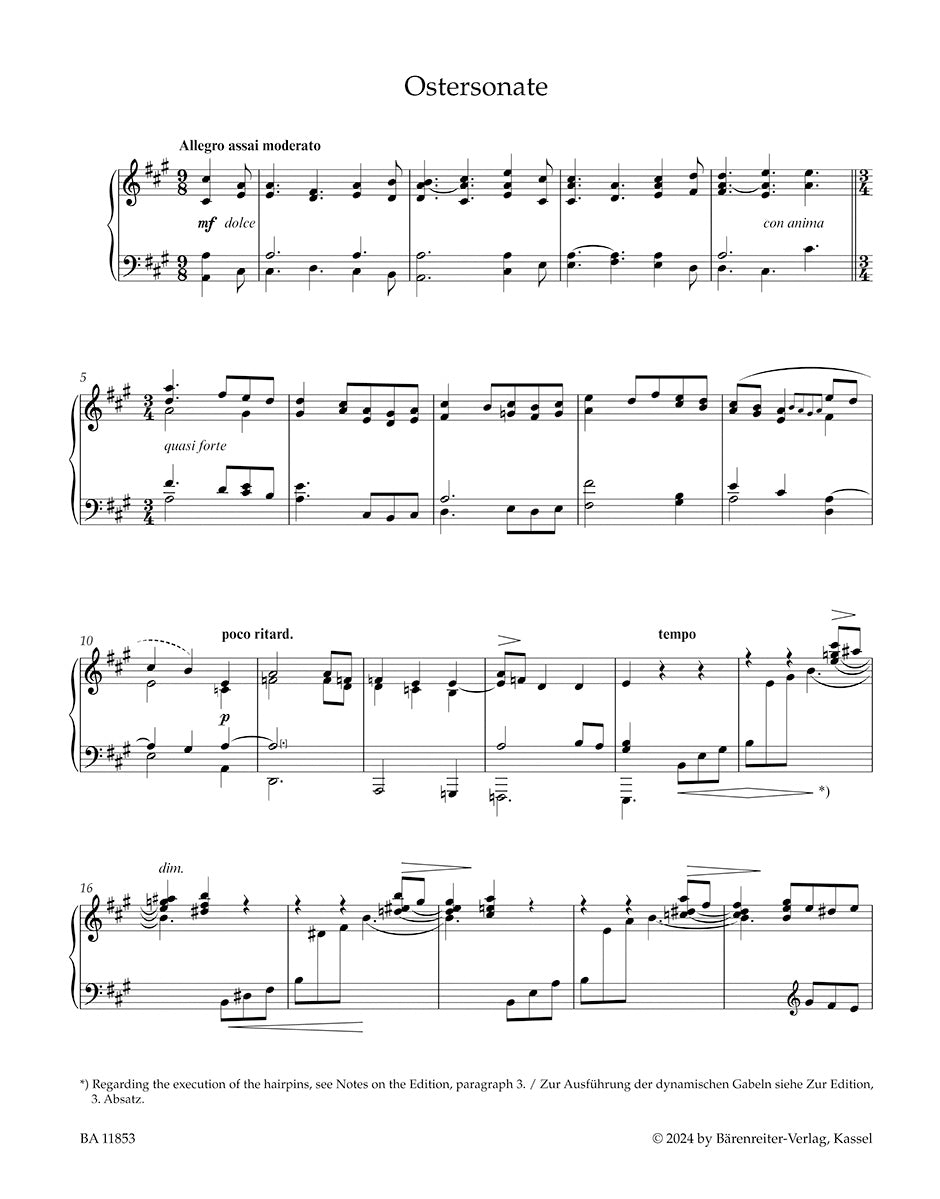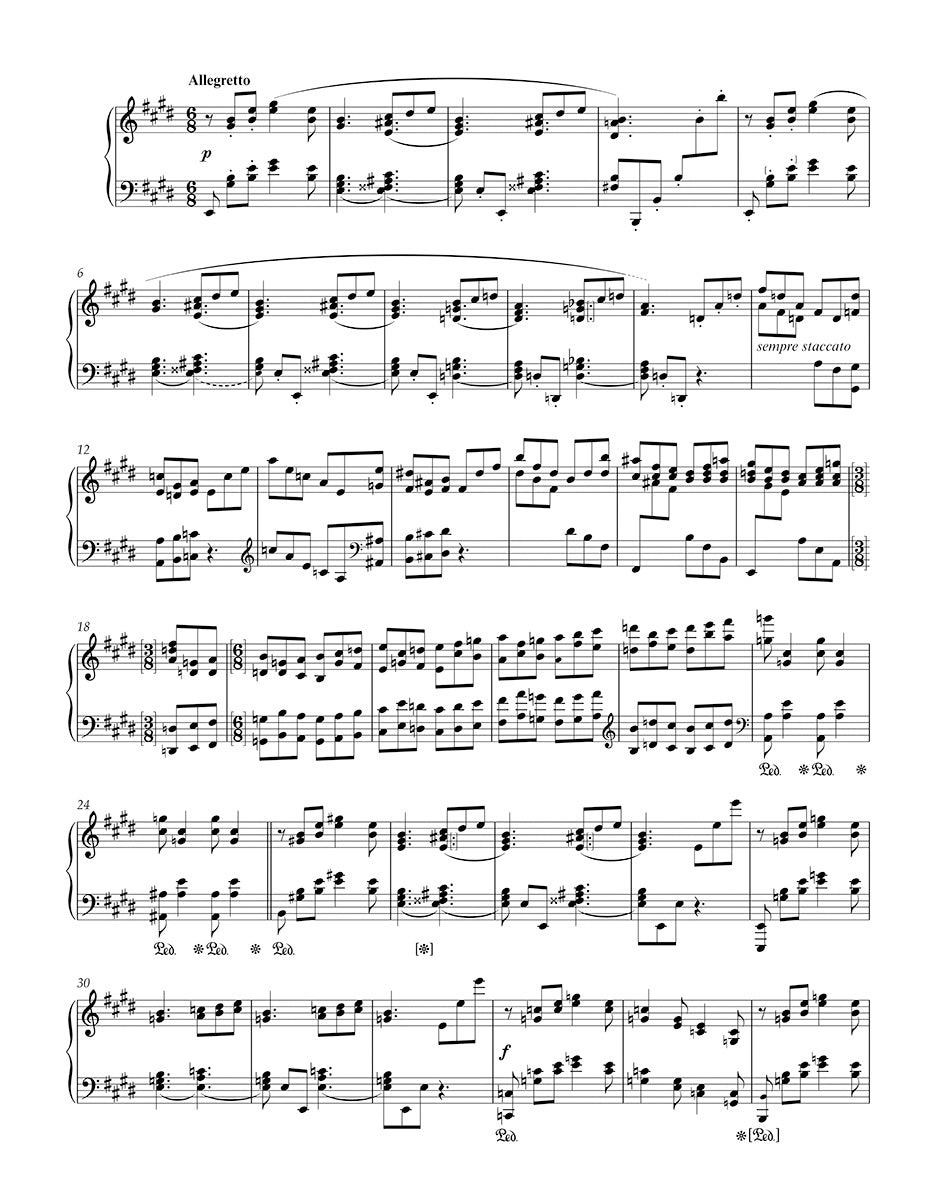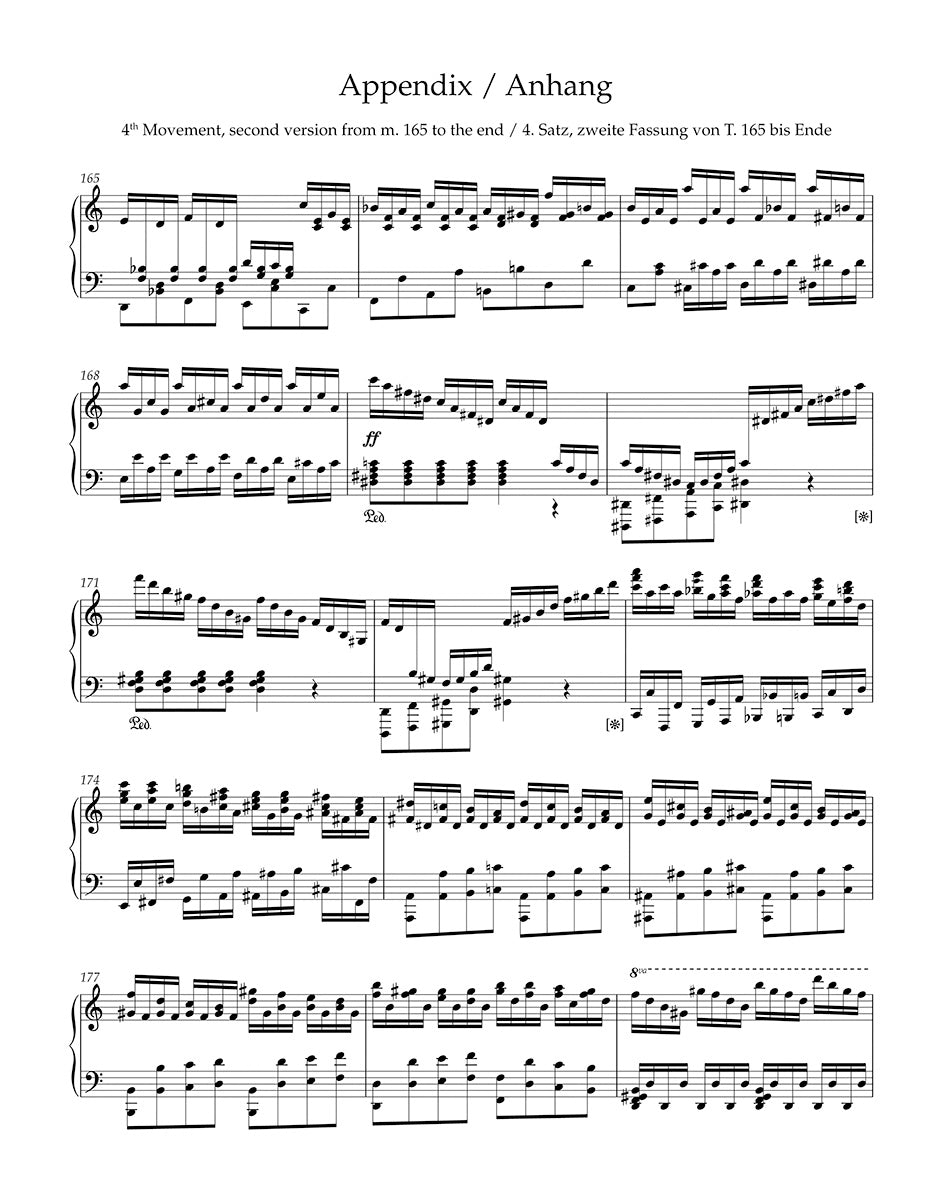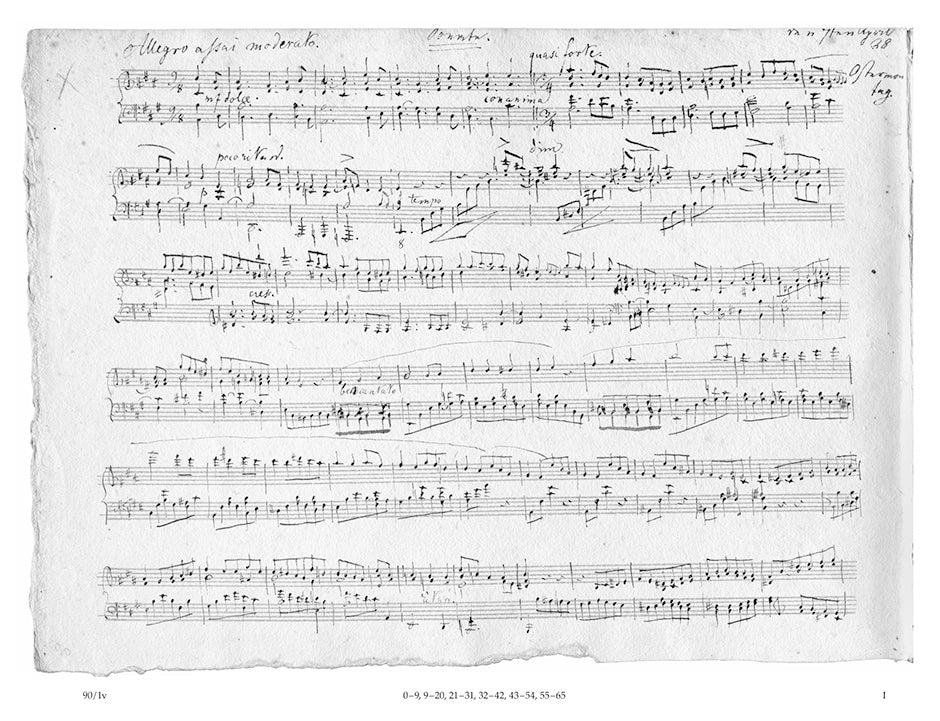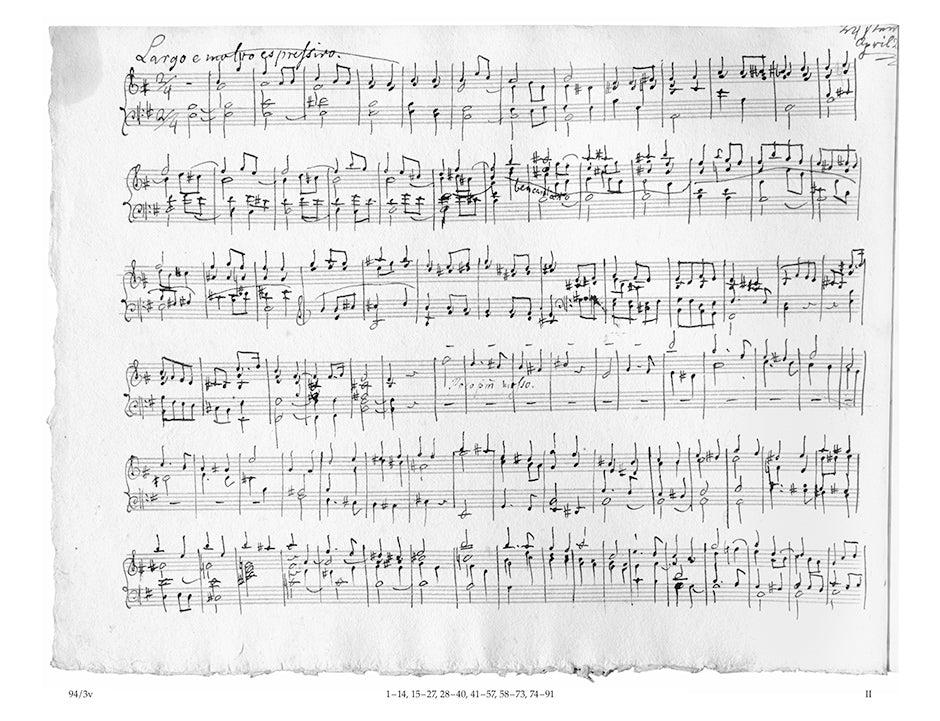Hensel: Ostersonate
"Easter Sonata"
In stock and typically ships within 1 business day.
- Composer: Fanny (Mendelssohn) Hensel (1805-1847)
- Format: Score and Facsimile
- Instrumentation: Piano
- Work: Ostersonate ("Easter Sonata") (1828)
- ISMN:
- Size: 9.6 x 12.2 inches
Description
This piano sonata was still considered to be by Mendelssohn Mendelssohn when it was recorded by Eric Heidsieck in 1972. It was not until 2010, almost 200 years after its composition in 1828, that musicologist Angela Mace Christian was able to unequivocally attribute the work to Mendelssohn's sister Fanny Hensel. Bärenreiter presents the first Urtext edition of the "Easter Sonata". It is based on the autograph, which was inaccessible for a long time due to it being in private hands. Now the manuscript is part of the Robert Owen Lehman Collection.
The first volume of the edition contains the critical edition of the sonata, supplemented by a detailed Critical Commentary (Eng). The second volume offers a complete facsimile reproduction in colour of Fanny Hensel's autograph. Both volumes can be placed side by side, practical for study purposes. The editor is Marie Rolf, Emeritus Professor of Music Theory at the Eastman School of Music, University of Rochester. The Foreword (Eng/Ger) by renowned Mendelssohn specialist R. Larry Todd provides information about the exciting history of the work and its rediscovery.
Publishers use a lot of words to describe what they sell, and we know it can be confusing. We've tried to be as clear as possible to make sure you get exactly what you are looking for. Below are descriptions of the terms that we use to describe the various formats that music often comes in.
Choral Score
A score for vocalists that only contains the vocal lines. The instrumental parts are not there for reference. Generally, cheaper than a vocal score and requires multiple copies for purchase.
Facsimile
Reproductions of the original hand-written scores from the composer.
Full Score
For ensemble music, this indicates that the edition contains all parts on a single system (there are not separate parts for each player). In larger ensembles, this is for the conductor.
Hardcover
Hardbound. Generally either linen-covered or half-leather.
Orchestral Parts
Similar to a wind set, this is a collection of parts. In the case of strings, the numbers listed are the number of copies included, though generally these are available individually (often with minimum quantities required).
Paperback
When publishers offer multiple bindings (e.g. hardcover) or study scores, this is the "standard" version. If you're planning to play the music, this is probably what you want.
Performance / Playing Score
A score of the music containing all parts on one system, intended for players to share. There are not separate parts for each player.
Set of Parts
For ensemble music, this indicates that there are separate individual parts for each player.
Solo Part with Piano Reduction
For solo pieces with orchestra, this is a version that contains a piano reduction of the orchestra parts. For piano pieces, two copies are typically needed for performance.
Study Score
A small (think choral size) copy of the complete score meant for studying, and not playing. They make great add-ons when learning concertos and small chamber works.
Vocal Score
A score prepared for vocalists that includes the piano/organ part or a reduction of the instrumental parts.
Wind Set
For orchestral music, this is a collection of wind and percussion parts. The specific quantities of each instrument are notated.
With Audio
In addition to the printed music, the edition contains recordings of the pieces. This may be an included CD, or access to files on the internet.
With / Without Fingering (Markings)
Some publishers prepare two copies - a pure Urtext edition that includes no fingering (or bowing) suggestions and a lightly edited version that includes a minimal number of editorial markings.

